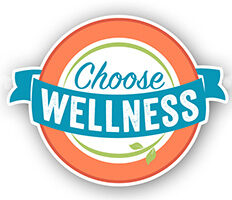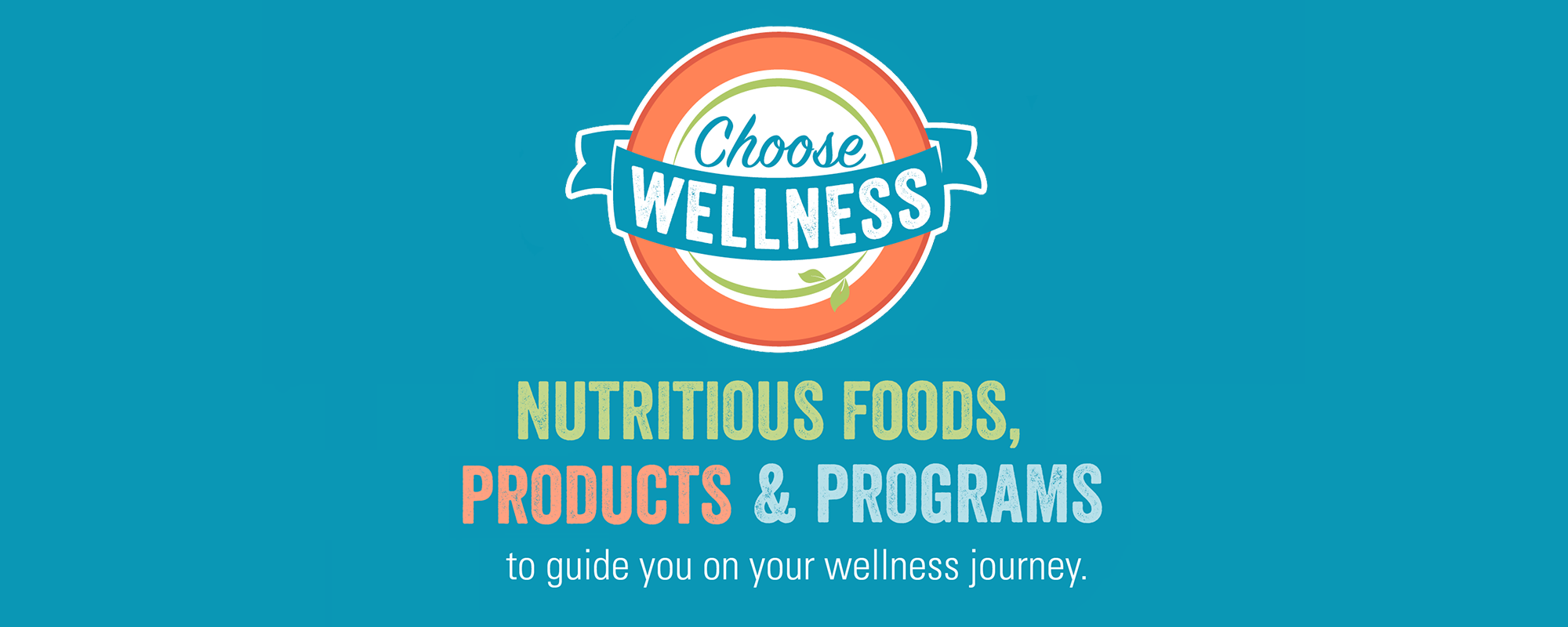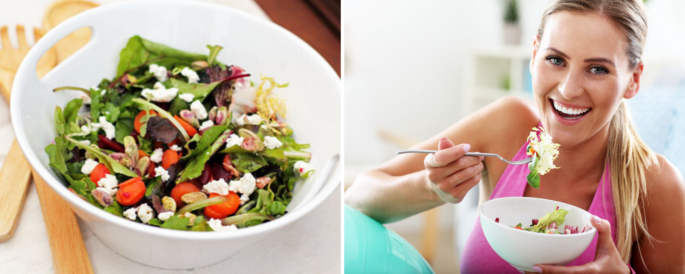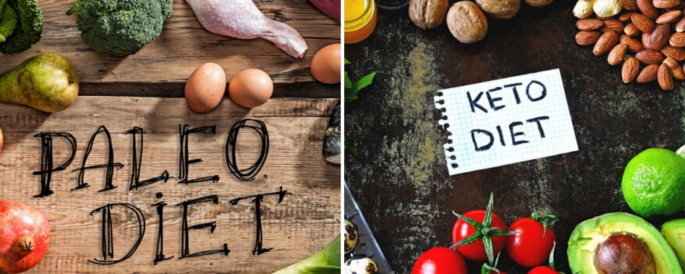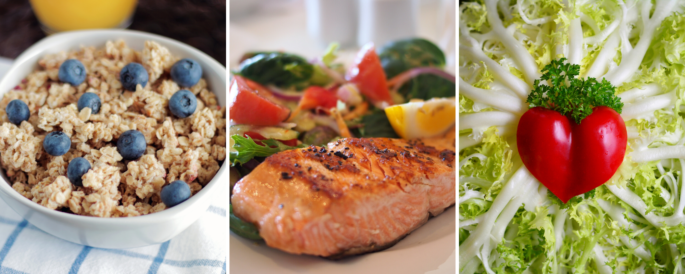Sponsored by Bob’s Red Mill
When it comes to paleo vs. keto diets, the details and differences between the two can at first seem confusing.
Overall, the paleo diet tends to emphasize whole foods and eliminate grains, legumes and processed foods. The keto, or ketogenic, diet tends to be more calculated in the way it handles the adjustment of carbs, proteins and fats (with a big emphasis on the fats).
Let’s take a closer look at the keto vs. paleo diet and see which plan is right for you!
Basics of the Paleo Diet
Sometimes referred to as the “caveman diet,” paleo eaters avoid legumes, sugar, dairy, processed foods and grains. Instead, they enjoy grass-fed meat, vegetables, seafood, eggs, fruit, nuts (like almonds), almond and olive oil, coconut and tubers. They believe that following a pre-agriculture diet helps with increased energy and weight loss. Get in with the hunter-gatherers that came before us and thrive.
At Bob’s Red Mill, we have a whole line of paleo-friendly foods, like Paleo Style Muesli, Paleo Baking Mix, Almond and Coconut Flours, seeds and more.
Paleo Recipes
From brownies to energy bites, here are a handful of our favorite paleo Bob’s Red Mill recipes.
Paleo Brownies
These Paleo Brownies are rich, fudgy, moist and delicious! They’re made with just eight ingredients: honey, unsweetened chocolate, coconut oil, vanilla extract, eggs, cocoa powder, salt and our Paleo Baking Flour. This brilliant multi-purpose flour is a wonderfully unique blend of almond flour, arrowroot starch, coconut flour and tapioca flour. These ingredients are combined in perfect proportions, which makes it ideal for grain free baking and cooking. Not only can you use it to create delectable brownies, but it’s also good for grain free pizza, flatbread, crackers, cookies, muffins, cakes and pancakes.
Paleo Muffins
If you’re looking for a tasty paleo breakfast, these Paleo Muffins are the way to go! They’re made with Paleo Baking Flour and burst with flavors of lemon and blueberry. We love that they’re so easily customizable. You can mix in anything like fruits, nuts, seeds and dark chocolate. This particular recipe makes 12 muffins, so you can double it and keep them on hand for the week ahead. If you’d like a little extra paleo-friendly protein, consider a dollop of almond butter on top and a smoothie on the side.
Cassava Pasta
Cassava flour is an excellent choice for paleo pasta! If you’re intrigued by the idea and looking to experiment, try this Cassava Pasta recipe from Bob’s Red Mill. The pasta itself is made from our Cassava Flour, egg and turmeric, though there’s also an option for an egg-free version of the pasta. The end result is tender with a mild flavor due to the flour. If love the taste of the flour, you can use it to bread meat and seafood, too, or even use it to replace the breadcrumbs in meatballs and veggie burgers.
Paleo Pineapple Upside Down Cake
Escape to the tropics with this Paleo Pineapple Upside Down Cake. It’s paleo, vegan and a beautiful addition to gatherings of all sorts. After the pineapple slices and maraschino cherries have been arranged to your liking, pour the batter over the fruit and let it bake. Once it cools, you can top it with whipped cream or coconut cream or fresh fruit. Pair this cake with some tropical tea and tropical tunes and melt into the ultimate mode of relaxation!
Paleo Cashew Vanilla Energy Bites
These Paleo Cashew Vanilla Energy Bites from Kelly of Tasting Page are a great snack when you’re on-the-go. Whip up a batch and pop them in your mouth before or after the gym, on your way to work or in between breaks at school. There are lots of variations for paleo energy bites, but the flavor of these ones is just delicious! With just organic cashews, unsweetened coconut, dates, vanilla, coconut oil and our Vanilla Protein Powder Nutritional Booster, you’ll be good to go for the afternoon ahead!
Basics of the Keto Diet
When it comes to keto vs. paleo diet, the keto diet is low in carbohydrates and rich in fat. Also known as the ketogenic diet, this diet has become known as a popular potential way to lose weight.
Although it’s similar to the paleo diet, the keto diet is known for its high intake in fat content and moderate intake in protein content. Paleo, in contrast, is known to be high in protein and moderate in fat.
Keto Recipes
If it’s something keto-inspired you’re searching for, try one of these delightful recipes below!
Allspice Keto Muffins
These Allspice Keto Muffins from The Keto Diet by Leanne Vogel are chock full of nutritious ingredients. They’re filled with ingredients like almond flour, flax seeds, coconut oil and raw walnut pieces. One of the main differences you’ll notice in keto vs. paleo is that keto encourages alternative sweeteners, like the confectioners’ style Erythritol that’s used in this particular recipe. Slather some coconut oil on top to give these muffins an additional boost of fat and enjoy!
Avocado Lime Smoothie
This Avocado Lime Smoothie was developed by superfood chef Julie Morris and features the flavors of creamy avocado and bright lime. Not only does it taste great, but it’s entirely gorgeous and vibrant, too! Simply add Protein & Fiber Nutritional Booster to your blender alongside avocado, baby spinach, lime juice, fresh mint leaves, coconut water and ice, then sit back and sip!
BBQ Chicken Pizza
It’s true, you can still eat pizza even when you’re trying out a new diet or lifestyle! At Bob’s Red Mill, we love pizza and we think it’s so fun to experiment with different crusts and flavors. This BBQ Chicken Pizza is made with a paleo pizza crust created from our Paleo Baking Flour. Topped with barbecue sauce (make sure it’s keto friendly), creamy cashew sauce, red onion and cilantro, this pizza is perfect for a quick and easy lunch or dinner. It’s a good one to make for a gathering where some folks are keto or paleo and some aren’t, as you can customize the crust to fit your taste!
Coconut Crusted Mahi Mahi
Seafood is a large component of both the paleo and keto diet. This Coconut Crusted Mahi Mahi is gluten free, lactose free, soy free and high in fiber. The beautiful mahi-mahi fillets are crusted with our Organic Coconut Flour, Shredded Coconut, minced ginger, sea salt, garlic powder and lime. Honey is also incorporated, though if you’d prefer to leave out the sweetener, you can omit that. Pair this fish with a side of leafy green sautéed in coconut oil for an extratropical flavor.
Blackberry Vanilla Protein Pops
If you thought you weren’t allowed to have popsicles while following a diet, think again! These Blackberry Vanilla Protein Pops are ideal for warm-weather days spent in the sunshine. They’re made with fresh blackberries, lemon zest, hep milk and Vanilla Protein Powder Nutritional Booster. The recipe calls for agave nectar but again, you can keep out that sweetener to stay more closely in line with a strict keto diet.
Pumpkin Seed Butter
Whether you’re throwing them into your salads or making your own butter, seeds are a fantastic addition to the keto diet. This Pumpkin Seed Butter calls for just two ingredients (pumpkin seeds and salt) and is so easy to whip up. You can keep it in the fridge and let it come to room temperature before your snack attack arises. Spread it across celery sticks and top it unsweetened dried cherries to stay in line with all things keto.
When it comes to paleo vs. ketogenic diet, the main differences are the contrasts of fats to proteins. Keto tends to be higher in fat, whereas paleo tends to be higher in protein.
Of course, as with any diet or lifestyle change, so much of it is up to how it makes you, the eater, feel! At Bob’s Red Mill, we love the idea of moderation and incorporating whole ingredients that make you feel good from the inside out.
After all, is there anything more blissful than a slice of chocolate cake or a Saturday morning donut? The real beauty lies within the fact that foods are so easily customizable! Your cake can be made paleo and your donut can be made keto.
The options truly are endless and for that, we’re thankful!
From all of us at Bob’s Red Mill, thank you for reading!
